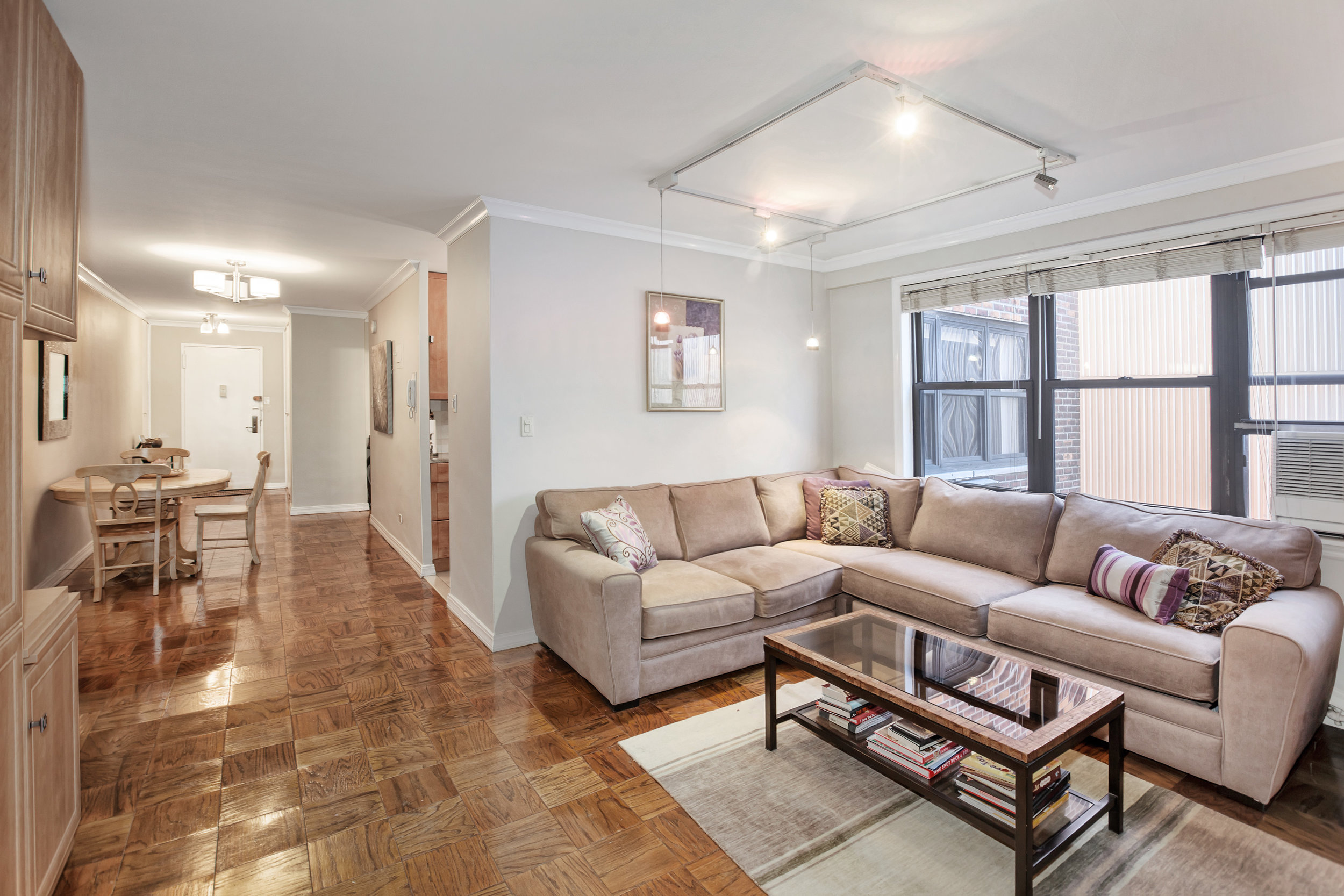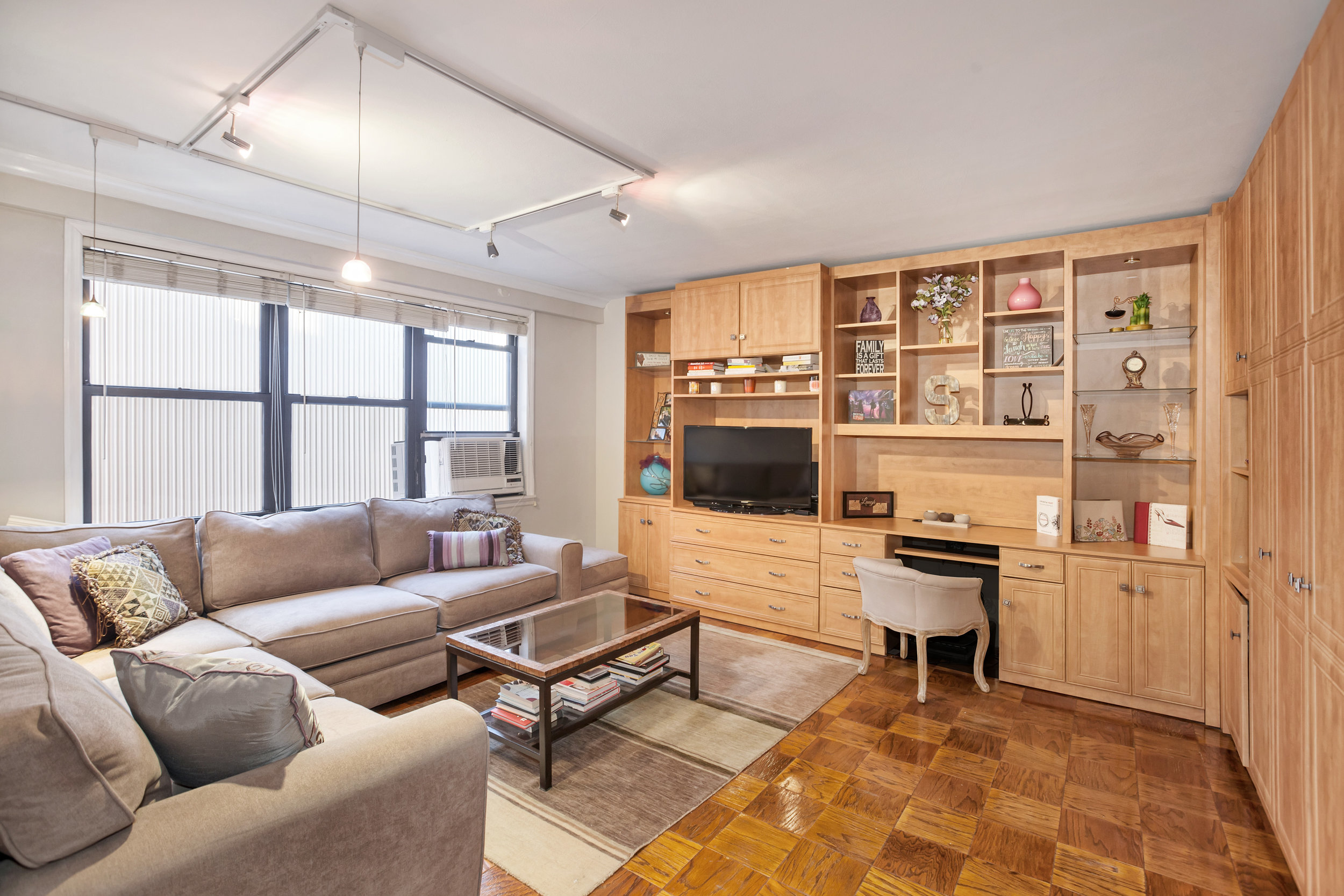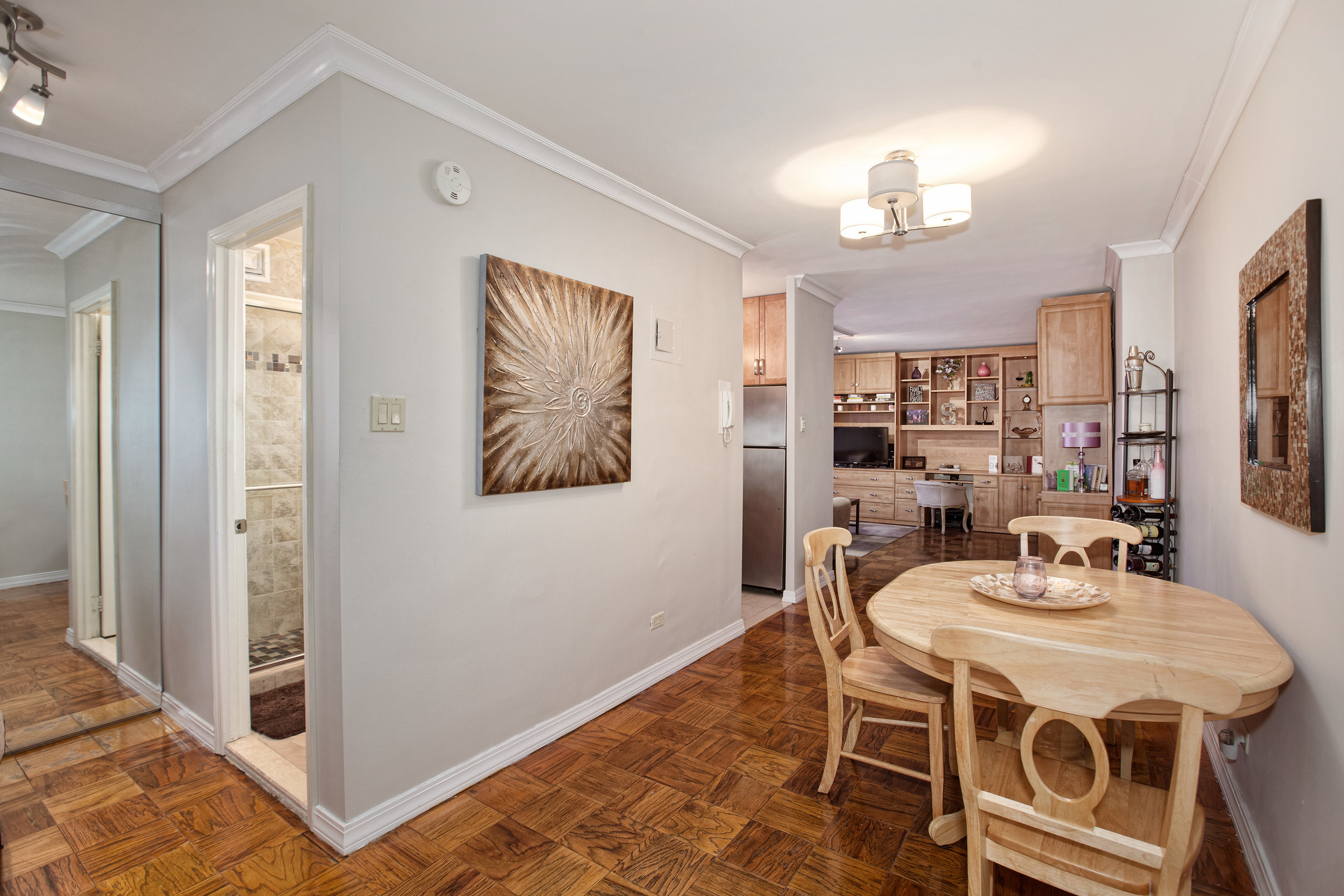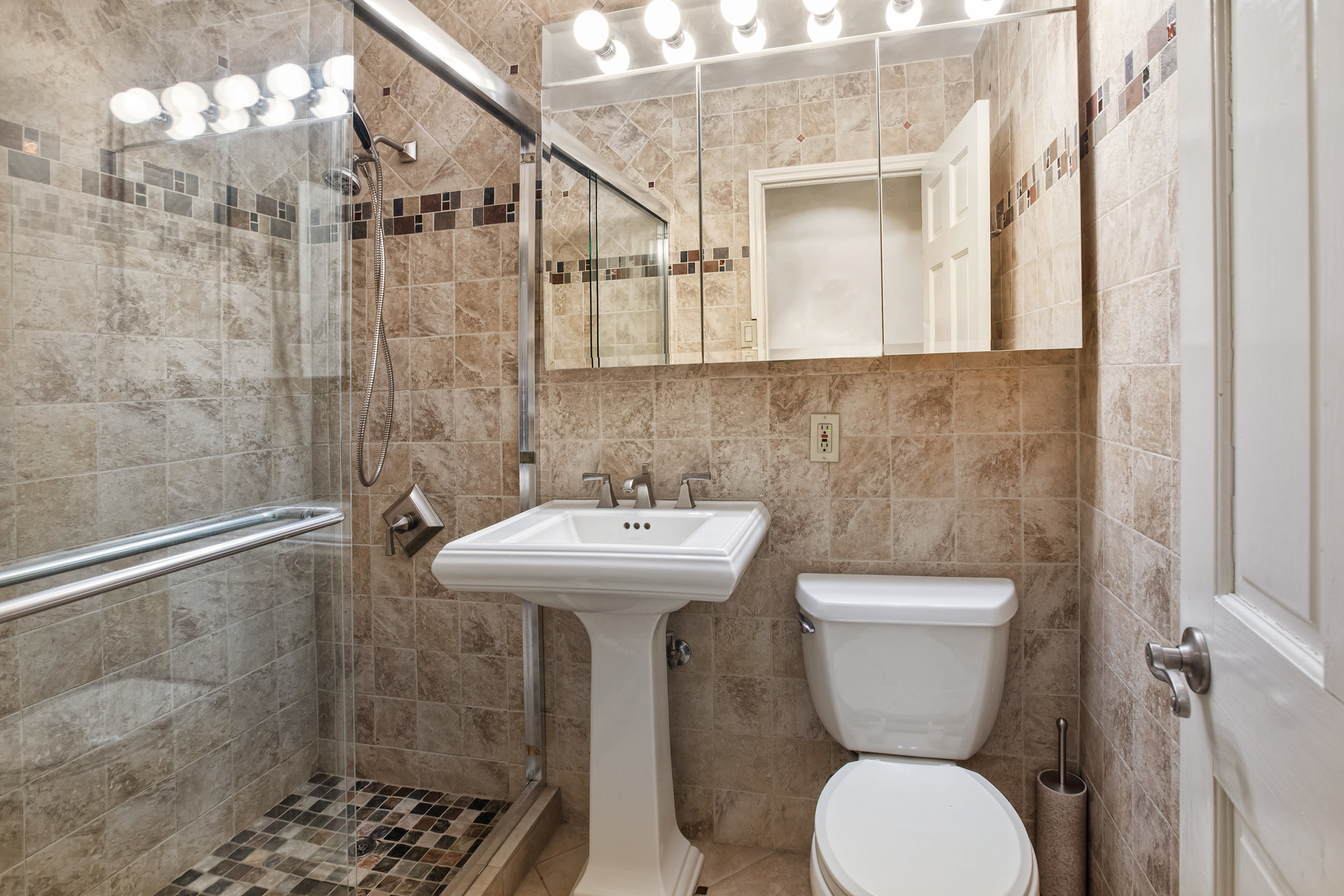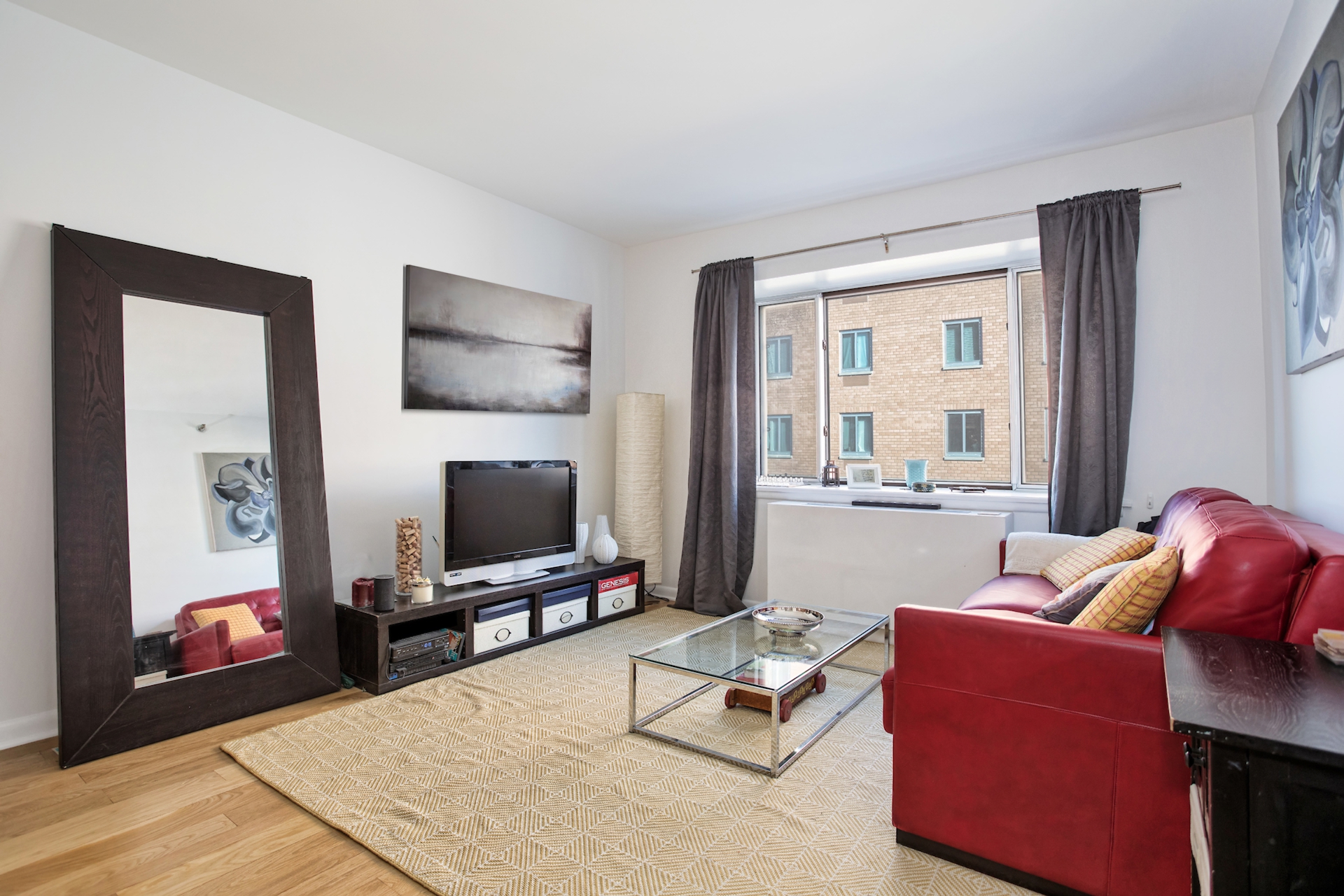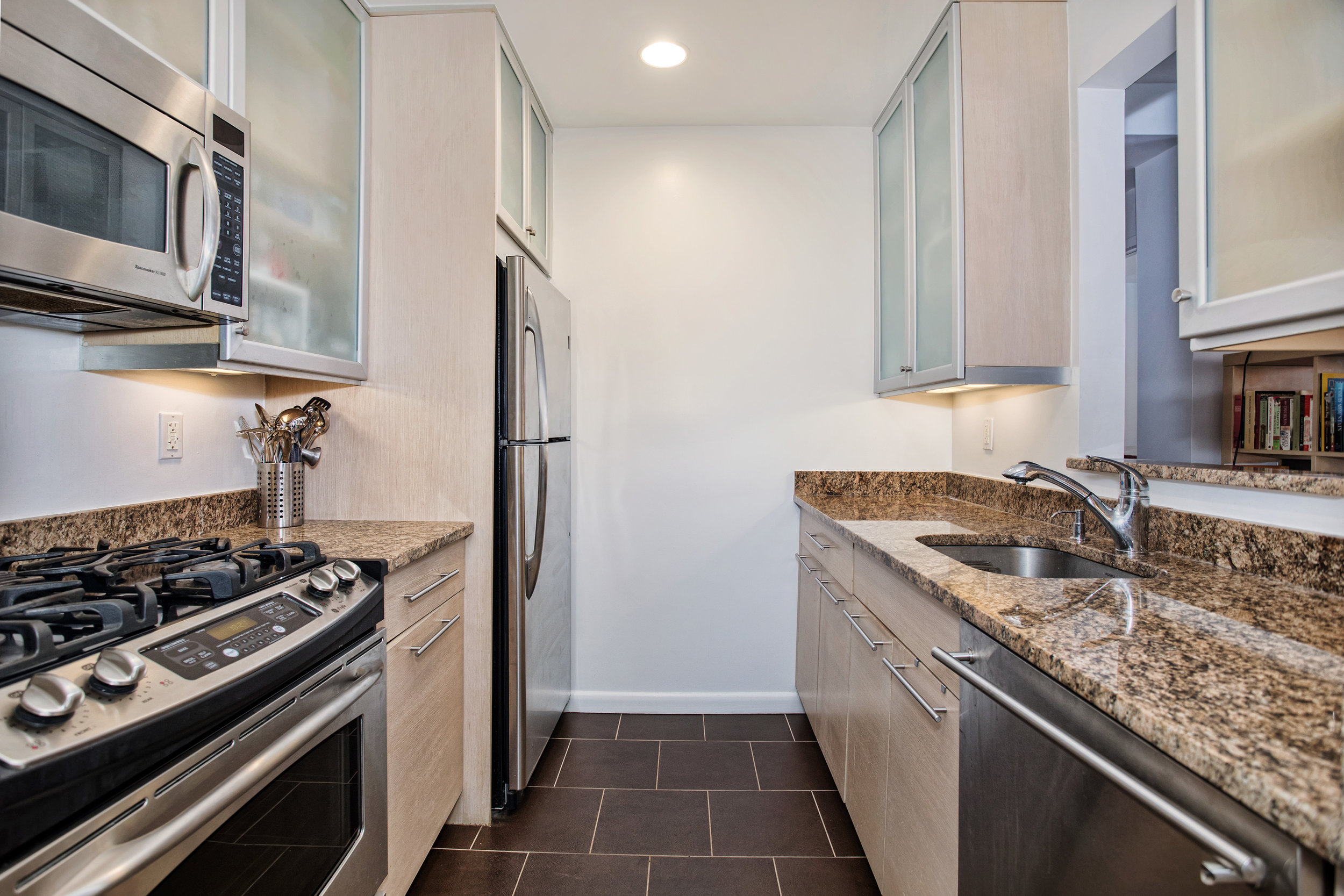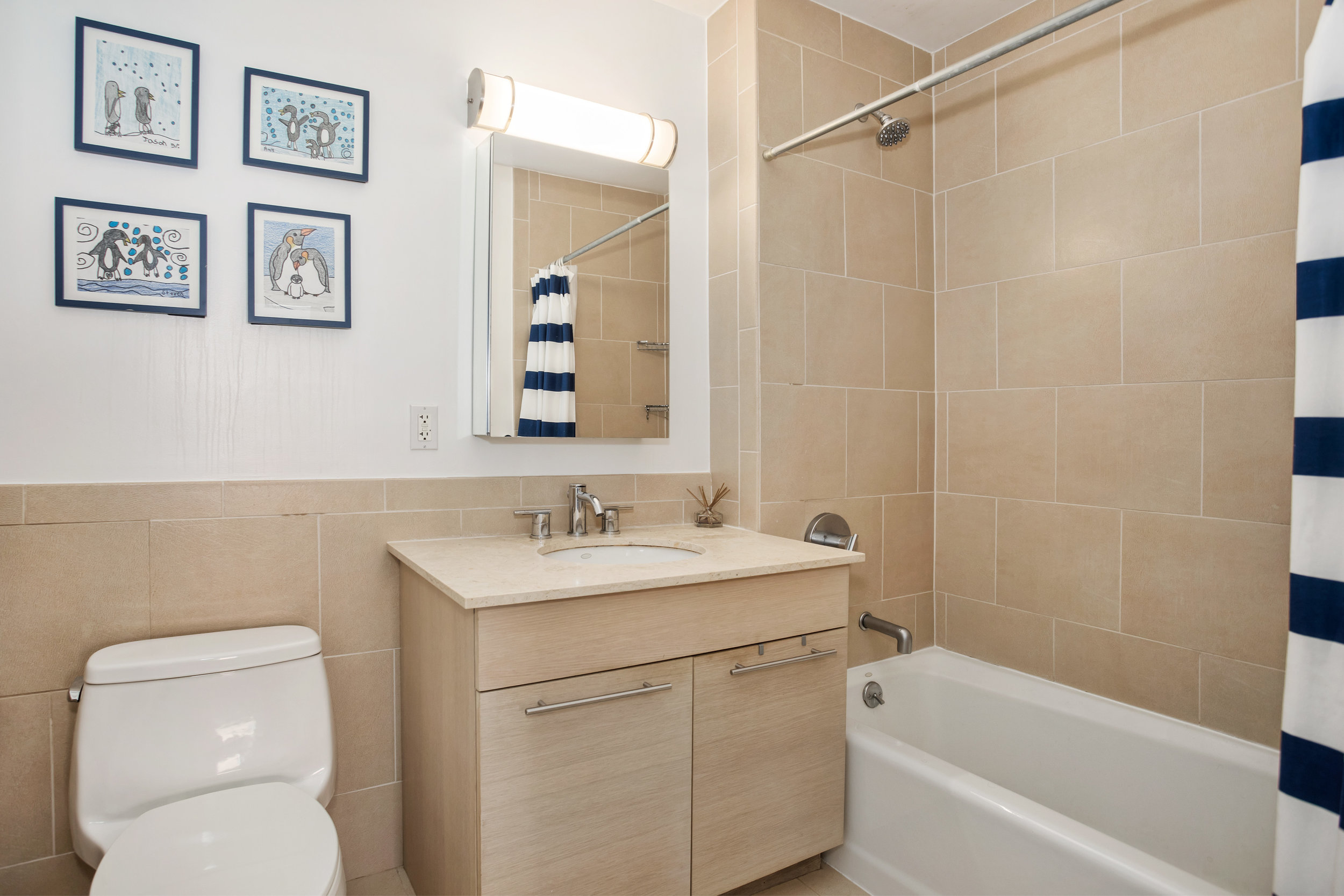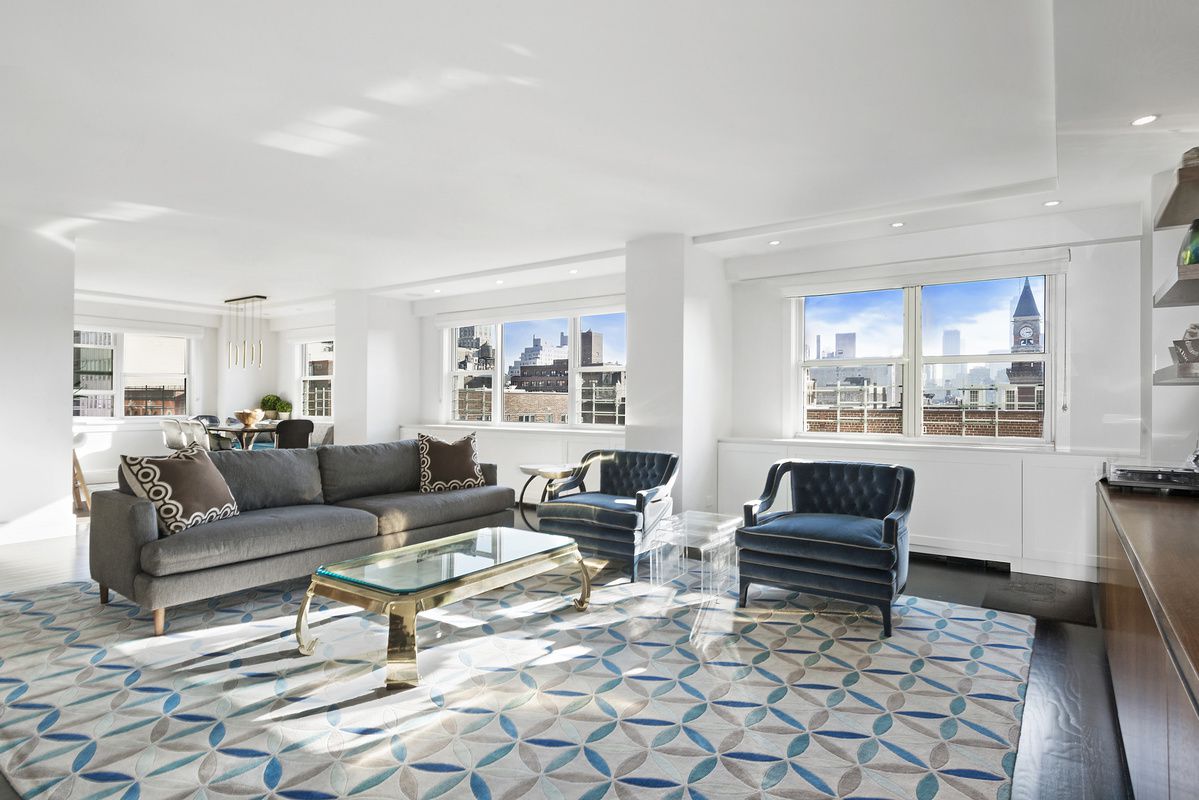
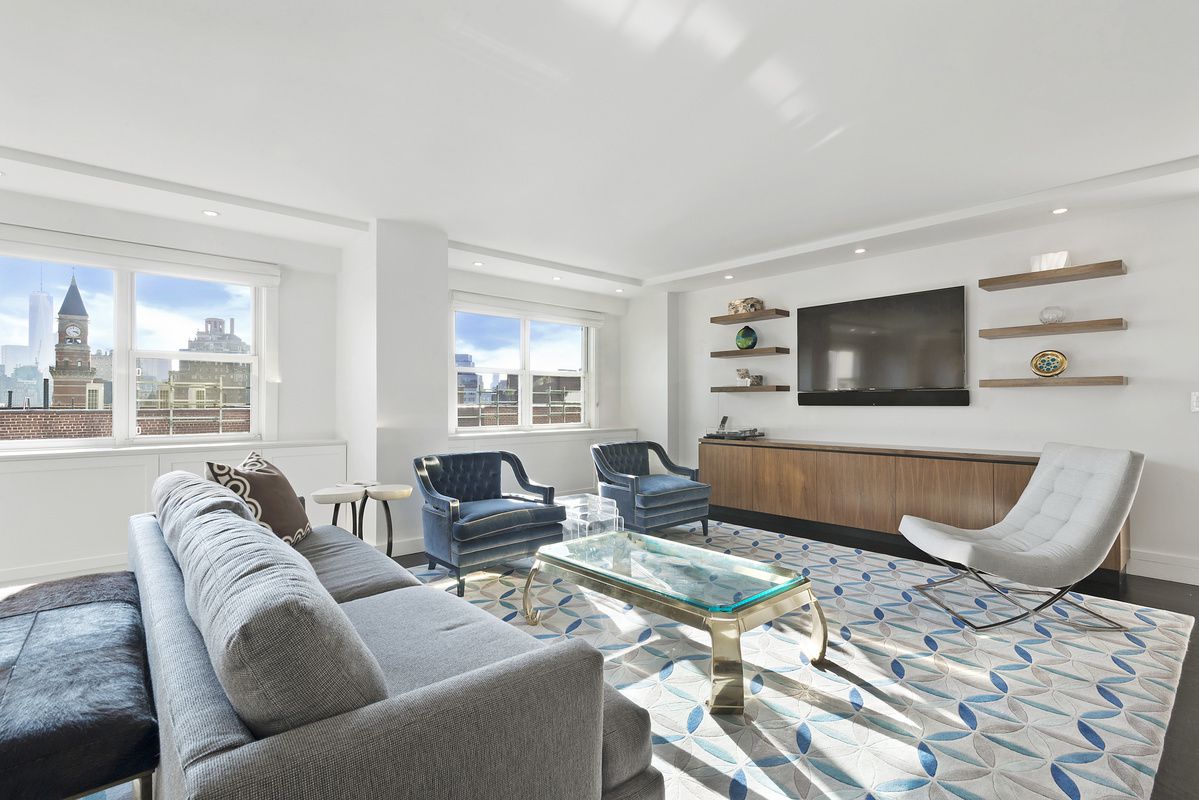
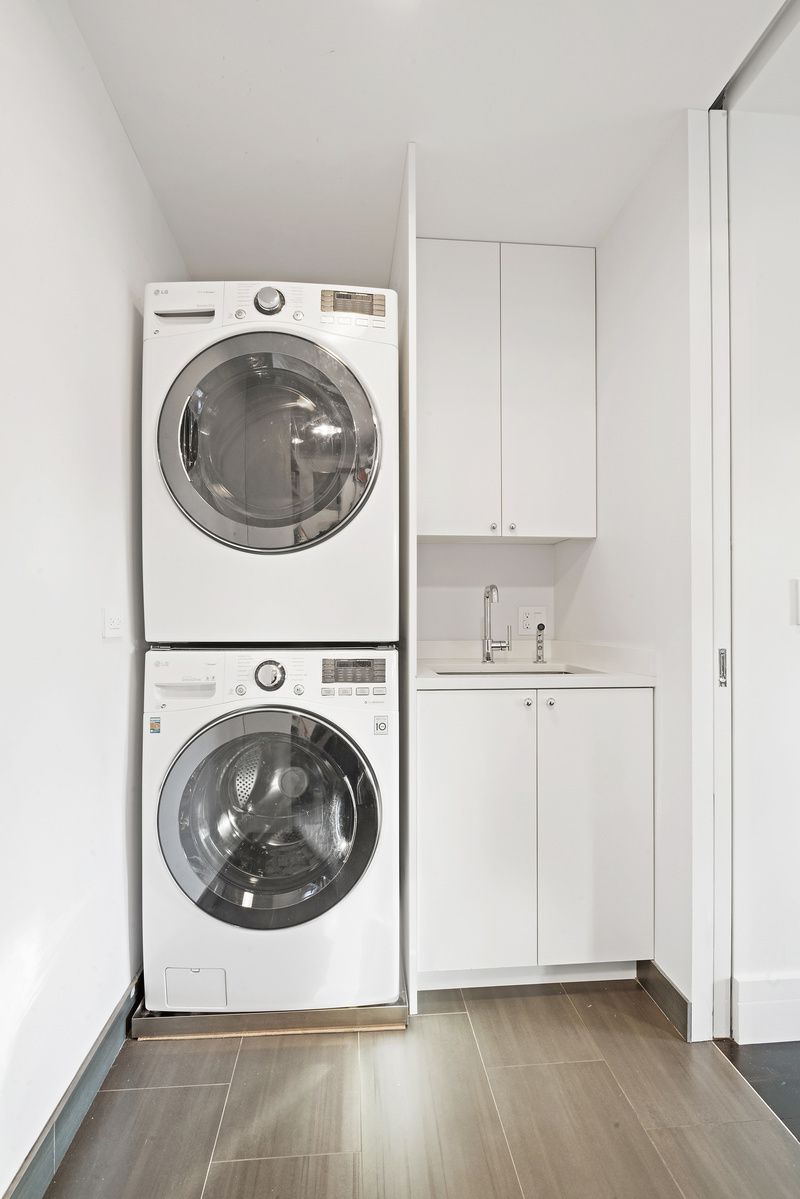
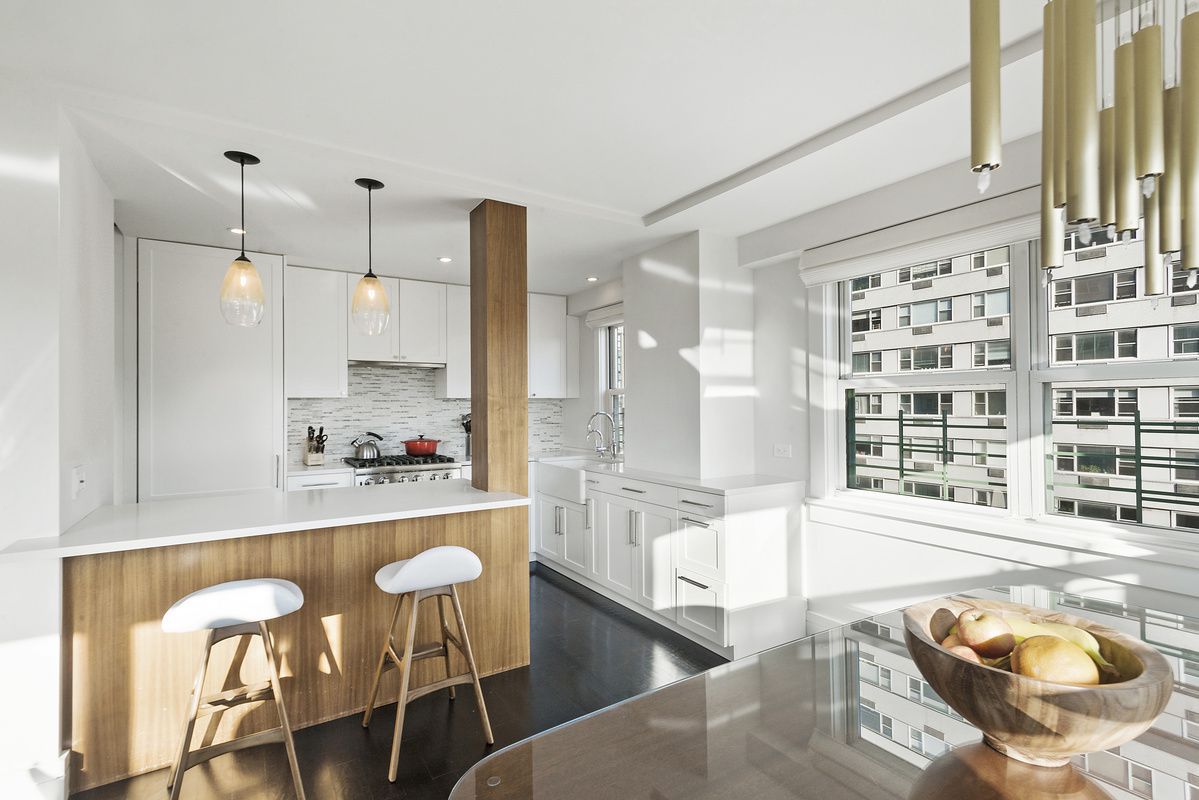
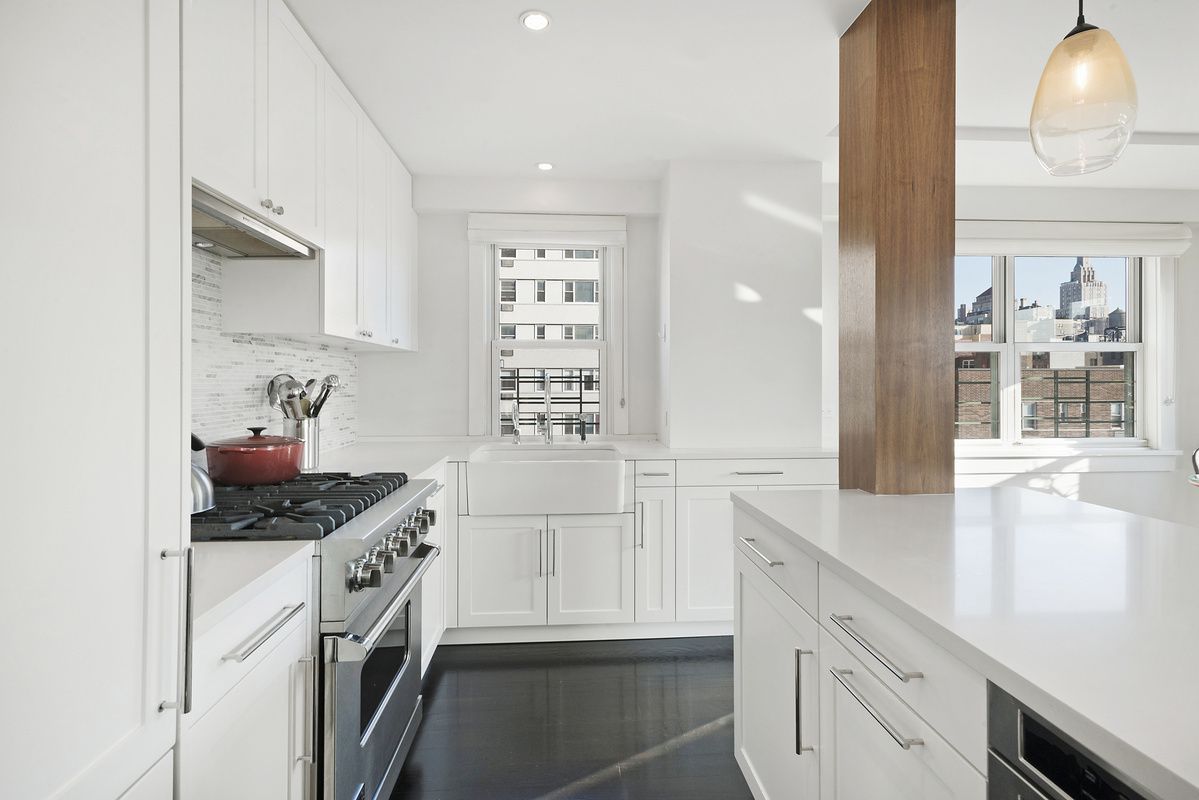
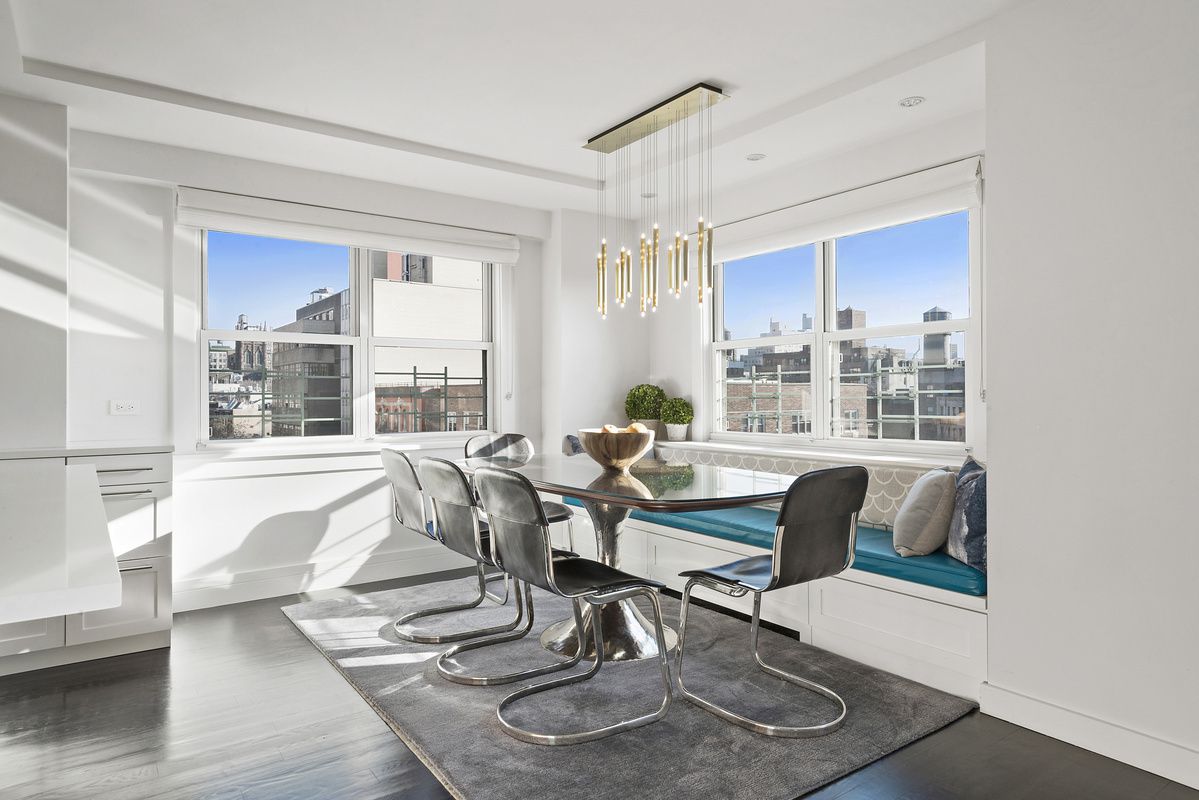
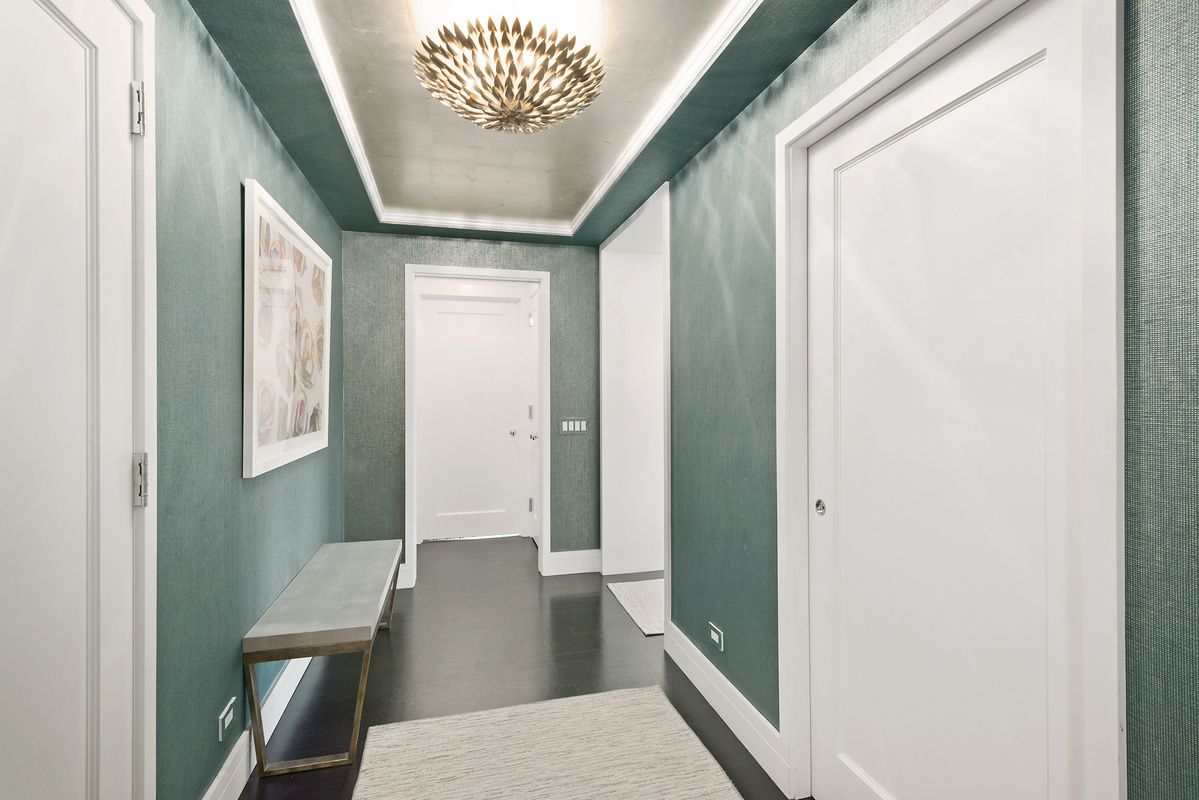

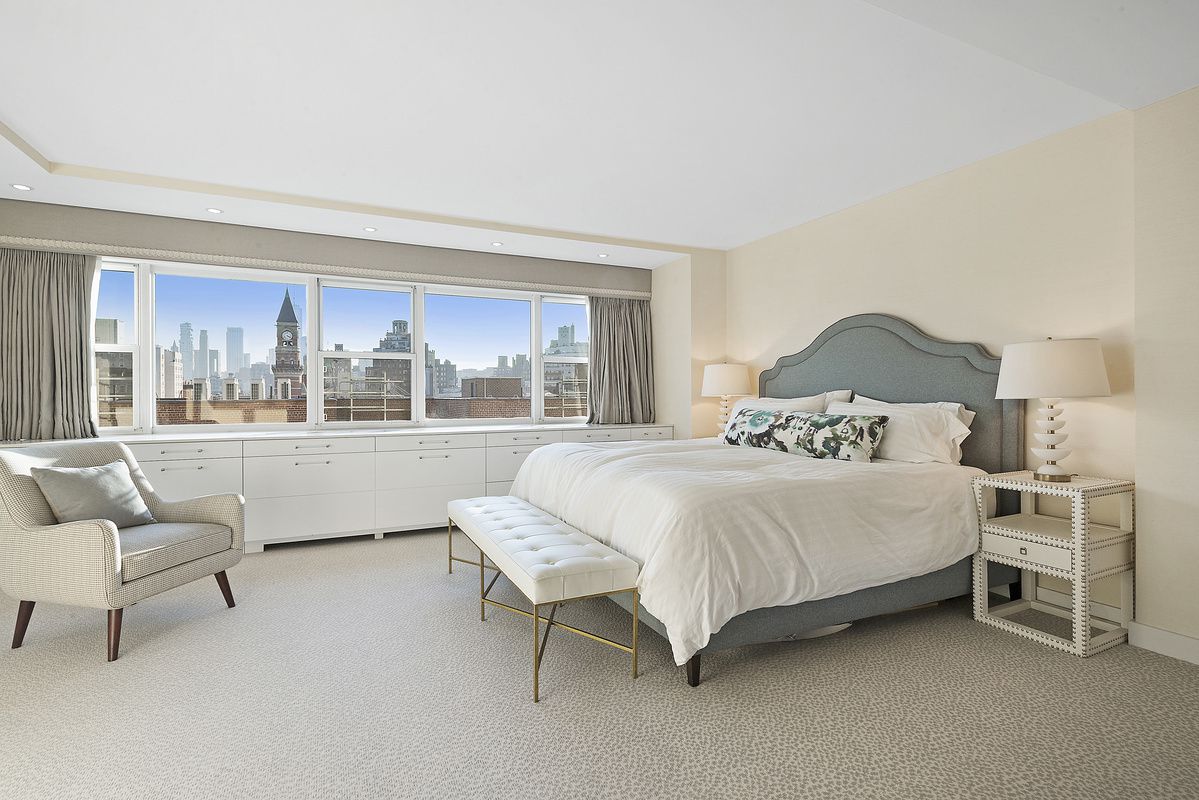

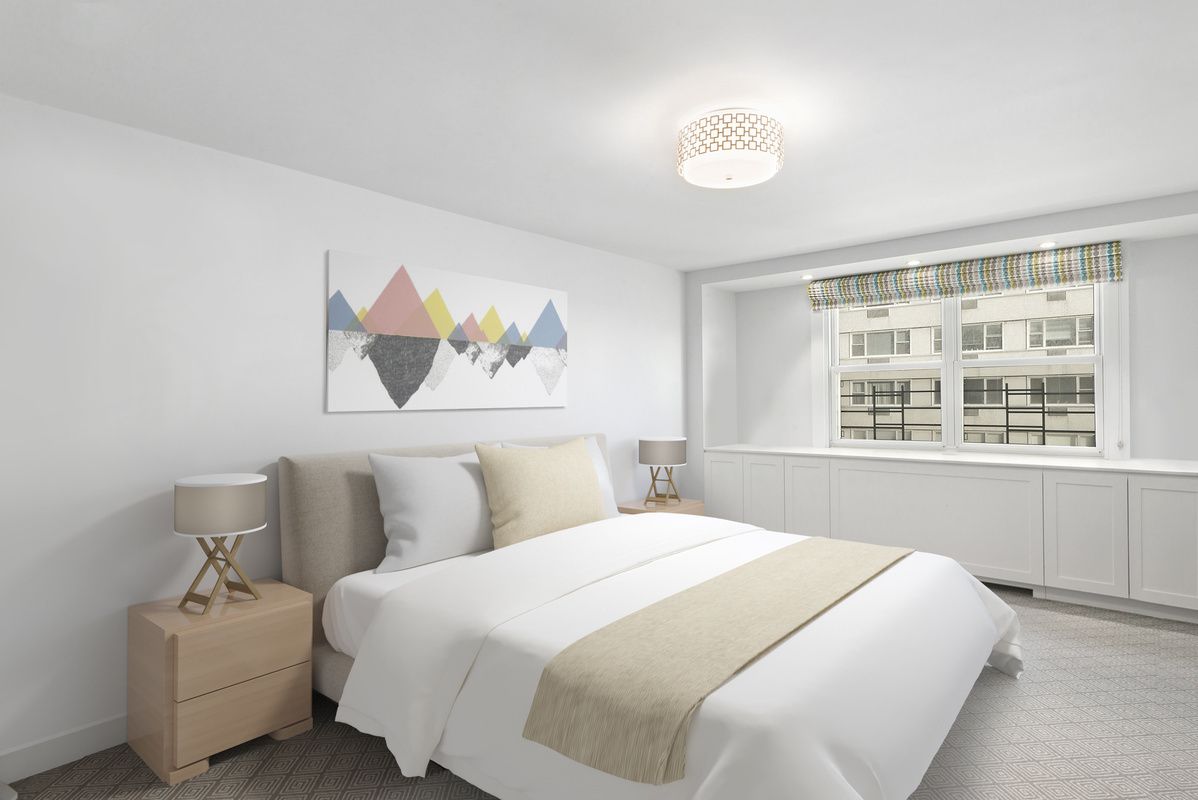
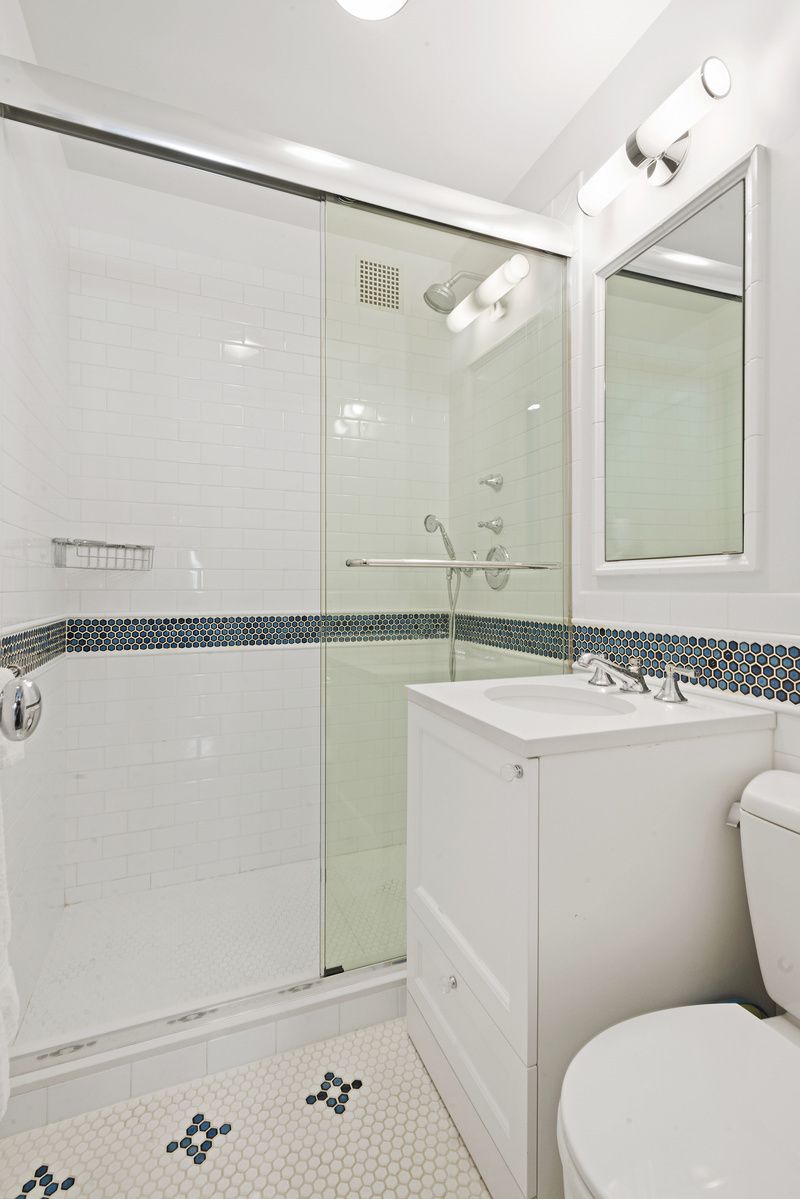
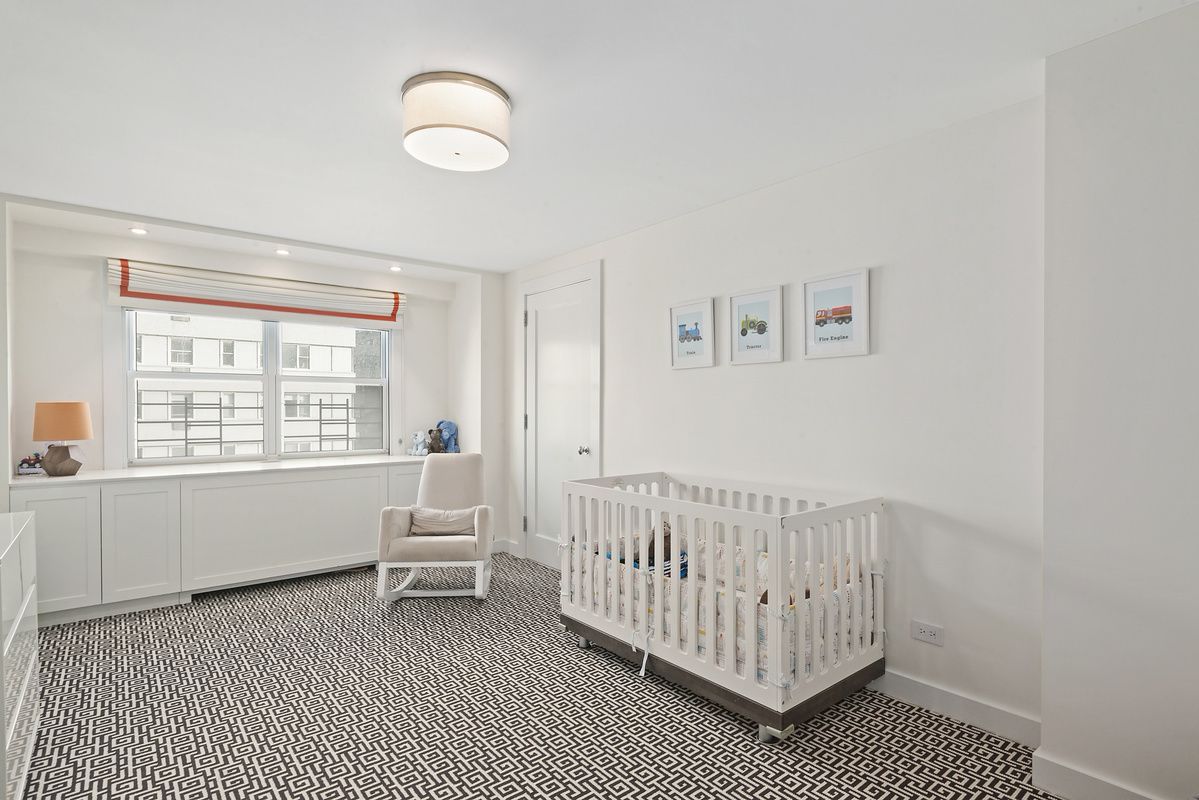
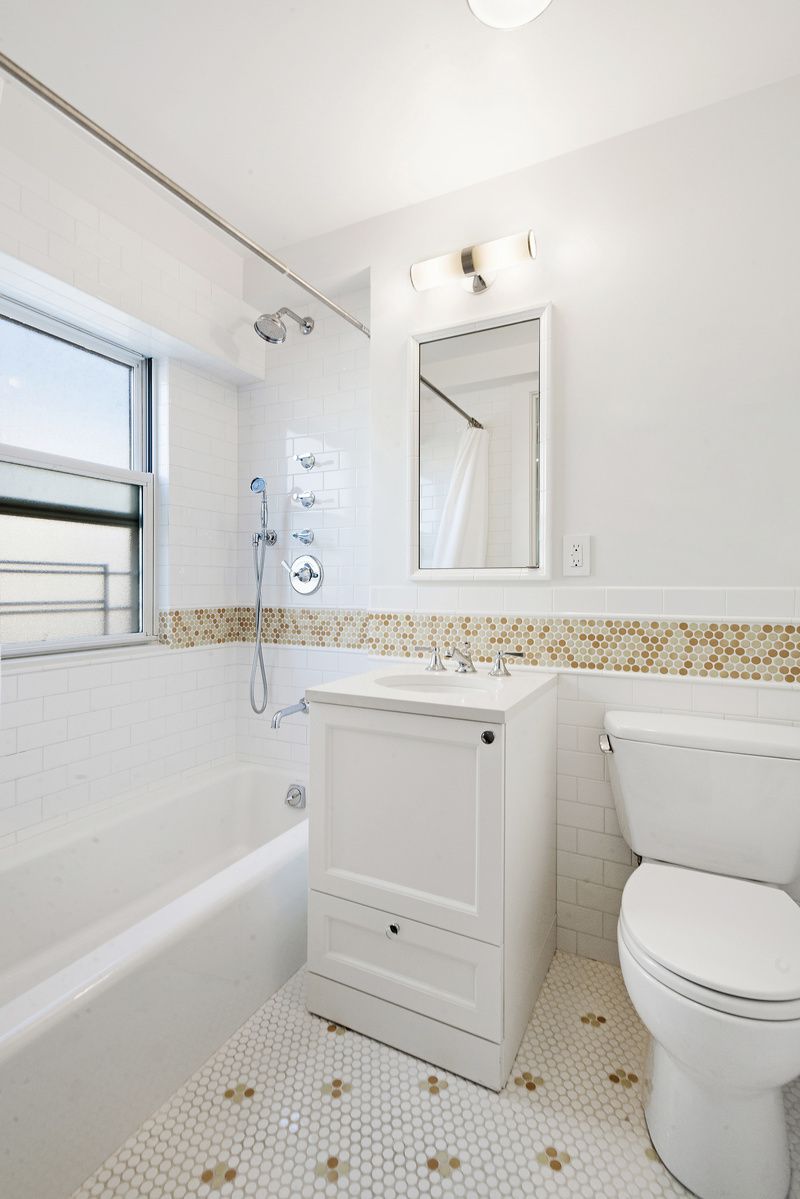
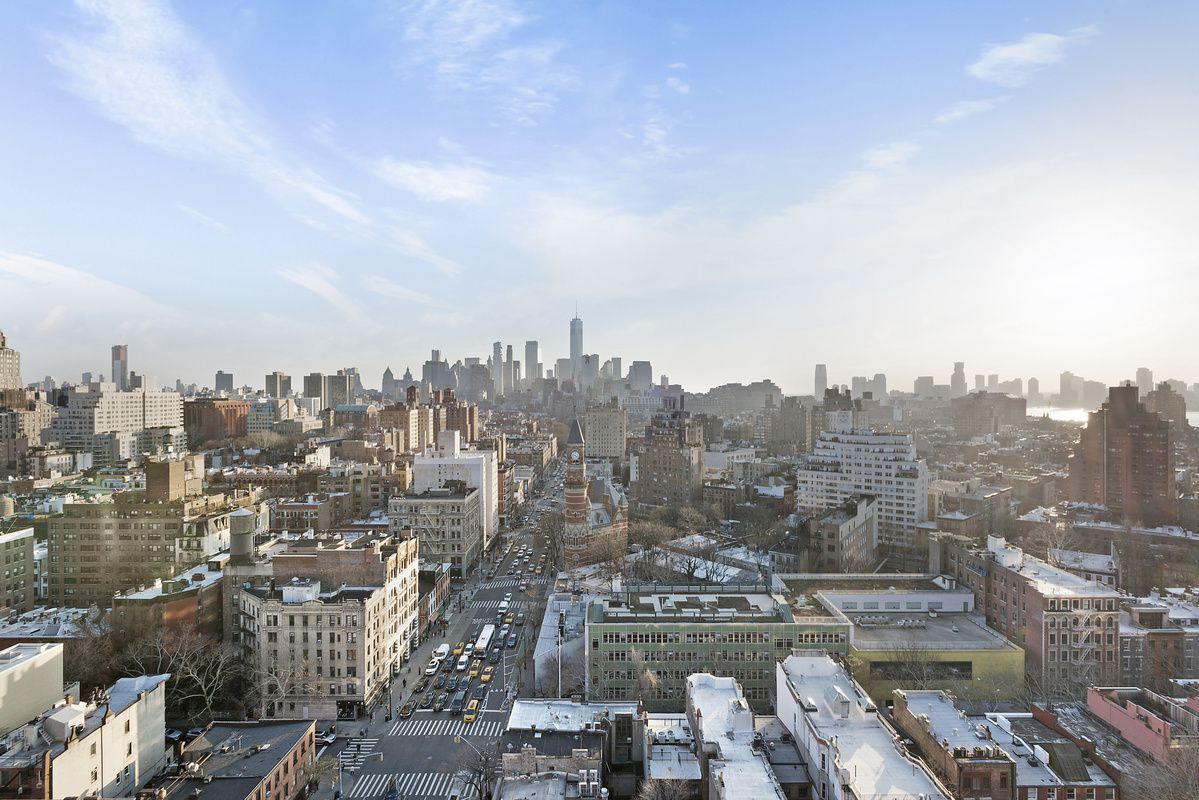
101 West 12th Street, Unit 8RS
GREENWICH VILLAGE, MANHATTAN
3 Bed | 3.5 Bath | 2,350 Sq Ft. | Co-op
Offered At $4,750,000
CC: $3,822/mo.
Enjoy sprawling living spaces and breathtaking views in this newly renovated three-bedroom, three-and-a-half-bathroom home in a coveted Greenwich Village co-op building. No expense was spared in the renovation of this beautifully appointed residence. Situated on the southeast corner of the eighth floor, fantastic light and open-sky views are found throughout. A gracious entry gallery with an elegant powder room leads you to the oversized great room, where you will find white oak hardwood floors and custom cabinetry throughout. There is plenty of room for generous living and dining areas.
The adjacent open windowed kitchen is nicely equipped with Viking and Miele appliances, custom cabinetry and a convenient breakfast bar. This home's coveted split-bedroom layout places the oversized master suite at the southwest corner of the home where you'll find a massive walk-in closet, a luxurious en suite Carrara marble bathroom with double sinks, soaking tub and separate rain shower with steam. The two additional bedroom suites are set at the opposite corner and feature en suite bathrooms and large closets. An oversized utility room/pantry is outfitted with an in-unit vented washer dryer. Central air and new double-pane windows ensure year-round comfort in this beautiful turnkey West Village home.
The John Adams is one of the finest full-service co-ops in all of Greenwich Village. Amenities in the pet-friendly postwar building include full-time doorman and concierge service, live-in superintendent, renovated lobby and hallways, central laundry, bike room, a stunning roof garden with panoramic views and on-site parking garage at an additional cost. Gifting and pieds-à-terre permitted; no co-purchases or guarantors. Set on the corner of West 12th Street and Sixth Avenue, this fine building is at the center of coveted West Village living. Historic streets, fantastic restaurants and lively nightlife venues surround the home, and outdoor space and recreation can be found just blocks away at sprawling Hudson River Park, Washington Square Park and Union Square. Transportation from this highly accessible neighborhood is a breeze with 1/2/3, B/D/F/M, L, A/C/E, 4/5/6, N/Q/R/W and PATH trains all nearby.


